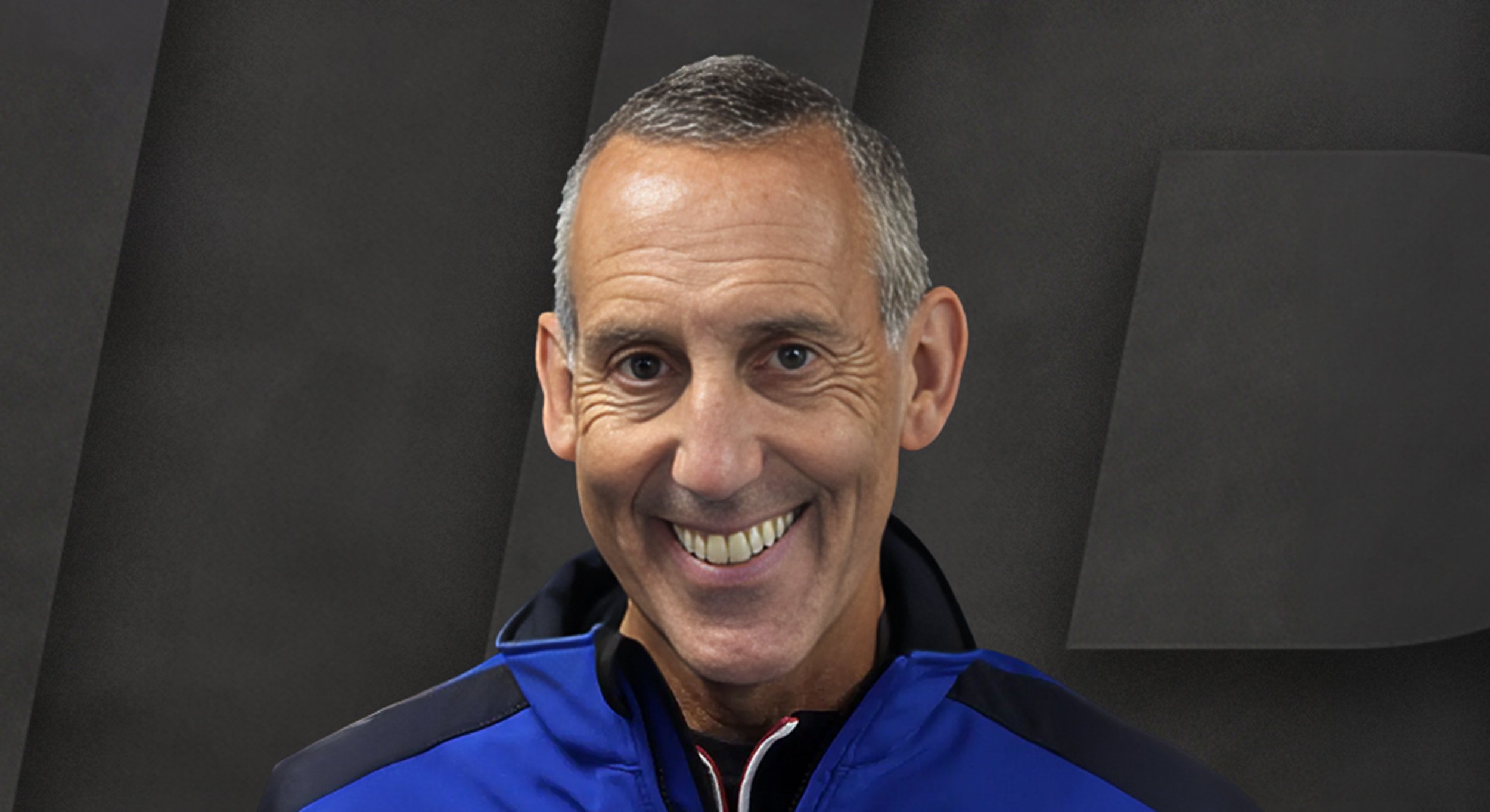EP 29 — Capella Space’s Frank Backes on Transforming Global Transparency with Satellite Imaging
by Dave Graff on 2024 | 09

On this week's episode of the DIB Innovators podcast, Frank Backes, CEO of Capella Space, shares his extensive experience in the satellite imaging industry and the innovative capabilities of his company, in particular how they fit into the DIB. He discusses the importance of providing real-time data for global transparency, even in challenging conditions such as nighttime and adverse weather.
Frank highlights how artificial intelligence and machine learning are enhancing the analysis of satellite data, making it more accessible for various sectors, including national security and disaster response. He also emphasizes the significance of building trust with government agencies to effectively meet mission needs.
Topics discussed:
- The benefits of a vertically integrated approach, which encompasses satellite design, manufacturing, operation, and data processing for enhanced efficiency.
- The importance of real-time data collection, allowing organizations and even countries to respond quickly to global events, even in adverse conditions.
- The role of artificial intelligence and machine learning such as how these technologies improve data analysis and accessibility for customers.
- The importance of building trust with government agencies, emphasizing the need for close relationships to effectively meet mission requirements.
- The growing demand for satellite imaging in various sectors, particularly in national security, disaster response, and environmental monitoring.
- The importance of cybersecurity for satellite architectures, detailing efforts to protect commercial access to space and safeguard data integrity.
- The current challenges in the supply chain, including quality and availability, and the need for sustainable practices in satellite production.
- The significance of engaging directly with customers to understand their needs and tailor satellite capabilities to meet specific mission requirements.
- The future of satellite imaging, such as increased automation and accessibility through advancements in technology and data distribution networks.
Guest Quotes:
“I've been doing ground systems, command and control, launch capability, payloads, all different types of space systems, MilSatCom, GPS, space-based infrared, a lot of the large constellation programs over many years. And coming to Capella is an opportunity for me to be able to bring that breadth of background to an entire end-to-end capability, designing the satellite, manufacturing the satellite, operating the satellites, bringing the payload data and processing all the way to the customer. This vertically integrated capability, quite frankly, is the reason I'm at Capella.”
“There's safety-related, humanitarian types of projects that I personally really like to see us doing. And clearly the national security piece, a country being able to take sovereign control of what's going on in their particular region of the planet, obviously a very important mission.”
“The good news is Capella is large enough now that we can dedicate a production team to producing the current satellite. And we have an engineering team that can be in-parallel designing the next satellite. That gets our technology turn time down inside of 18 months. And in space, that's where you want to be. You want to be able to turn to that next architecture, the next capability, advance your technology very quickly.”
“We have a software-defined radio, a software-defined payload. Gives us a tremendous amount of flexibility to adjust as we learn this market. This commercial synthetic aperture radar market is fairly new. It's only a few years old. And so we're learning a lot about that market every day, and we want to be able to adjust to that market as it develops.” 27:16-27:39
Get in touch with Frank Backes:
Get in touch with your host, David Graff:
Listen to more episodes:
You May Also Like
These Related Stories

EP 30 — Atomos Space’s William Kowalski on Effective Communication in Complex Space Missions

EP 58 — Advanced Space’s Bradley Cheetham on Using Orbital Mechanics to Cut Mission Costs



No Comments Yet
Let us know what you think